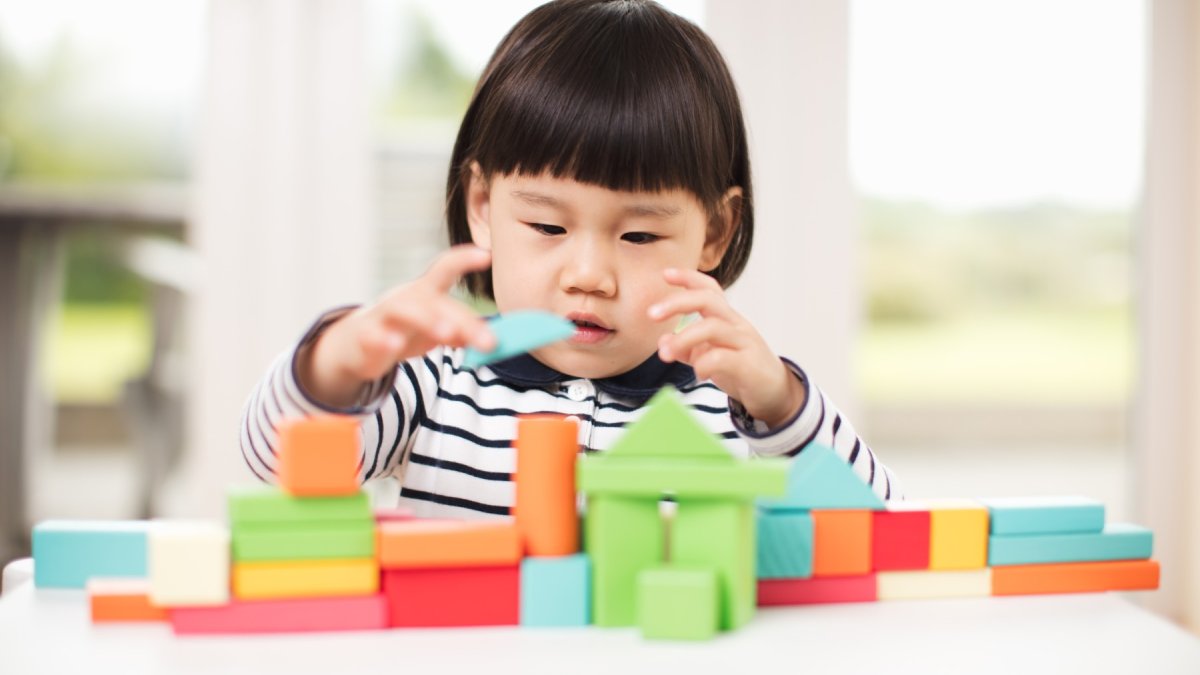Advancing children’s STEM abilities through spatial awareness
Professor of Cognitive Developmental Psychology, Emily Farran is embarking on a journey to demonstrate how breakthrough research spanning 11 years has suggested that spatial awareness in childhood changes our approach to science, technology, engineering and maths (STEM) in later life.

Changing perceptions
We use spatial awareness every day of our lives without noticing. Whether we’re packing a suitcase, organising furniture or shopping, our spatial awareness plays a part. Our abilities in the field involve perceiving the location, dimensions and properties of objects and their relationships to one another. In recent years, the correlation between these skills and abilities in the fields of STEM has become much more pronounced. Indeed, the spatial ability we procure in childhood has proven to boost success in mathematics and even enables us to predict STEM expertise in adulthood.
At the root of advanced academics is a basis of simplicity – in science, for example, we use illustrations to depict DNA sequences, cells, even the solar system. And of course, we rely on the periodic table to gauge relationships between elements. In engineering, its electronic configurations. In maths, we use graphs. In geology, we study maps.
Spatial skills are highly malleable; they can be transferred to any field and are essential to the development of young children which is what Professor Farran’s research is showing.
For the first time, spatial awareness has become part of the statutory education programme. Teachers and practitioners alike are incorporating these studies into the curriculum for children from birth to age seven. With Professor Farran’s work demonstrating the palpable link between these studies and STEM success in later life, this is a truly exciting development in education.
Spatial awareness in the classroom – the even bigger picture
Current common teaching techniques in relation to spatial awareness err on the side of basic. Elaborating on this in a classroom setting relies heavily on how we speak to our children and allow them to engage with us. Exposing children to spatial words such as 'between', 'around', 'left' and 'right' can instantly strengthen their spatial skills. Comprehension of the introduction of these terms can be supported with hand gestures to demonstrate size or length such as 'slope' or 'horizontal'. Gestures work well as they are themselves spatial and facilitate the learning of new words.
The importance of carrying these ideas through to the playroom is stressed throughout the studies carried out by Professor Farran with children being given the opportunity to create and use scaled toys. Encouraging them to consult pictorial instructions throughout this process will help their growing visualisation skills. This guided play elicits a structured and organic advancement of spatial skills. Beyond that, the classroom itself can create scenarios for spatial thinking, using signs made of irregular shapes to draw children’s attention to their defining features and thus encouraging the organic use of spatial language.
Spatial armoury – the toolkit that changes the game
Offering teachers, practitioners and parents access to the toolkit created by Professor Farran will revolutionise how children learn. Spatial learning and training is clearly effective and has long lasting benefits in the fields of STEM and the structure provided by the toolkit allows formal resources to incorporate these skills into the early stages of learning. There has been little to no research into the impact of spatial language in the classroom however over the next decade, with continued use of this toolkit, there is hope that results will be seen. The idea is to have a positive impact on the classroom, ultimately improving children’s spatial abilities and thus, their STEM skills in later life.
